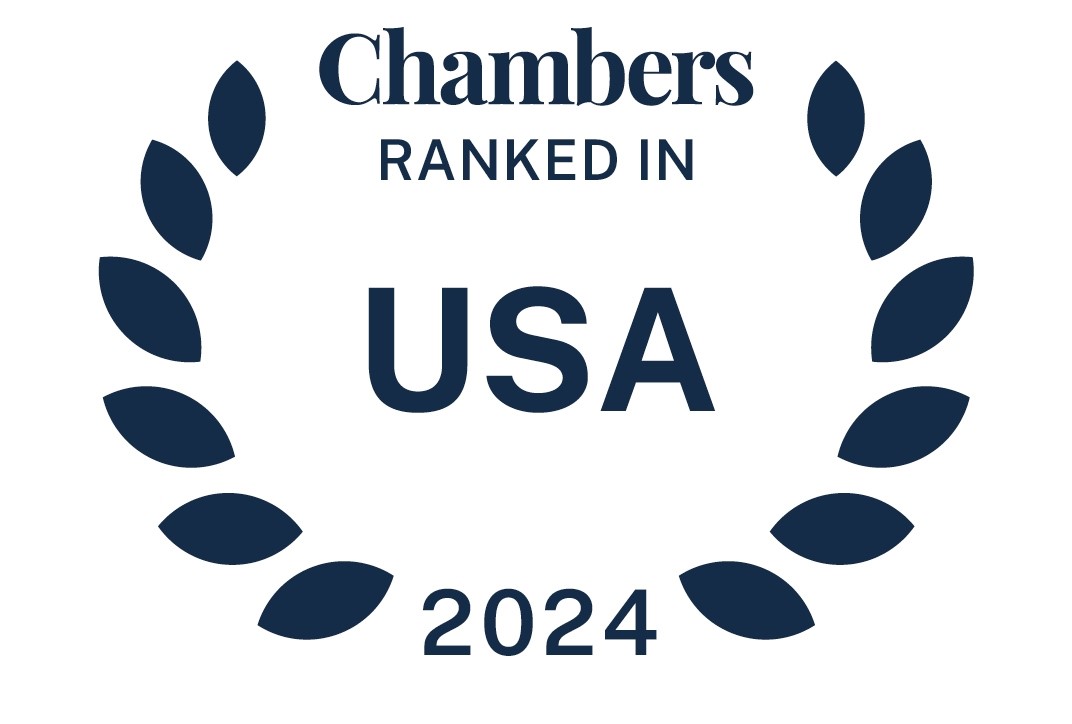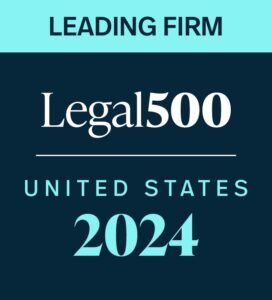There have been significant developments that will impact the future of US Department of Labor regulations and litigation related to employee stock ownership plans (ESOPs). Ted Becker and Julian André recently presented a webinar for the National Center for Employee Ownership and shared what ESOP fiduciaries, ESOP company directors, and employees involved with ESOPs need to know about these changes.
read more

 Subscribe
Subscribe




